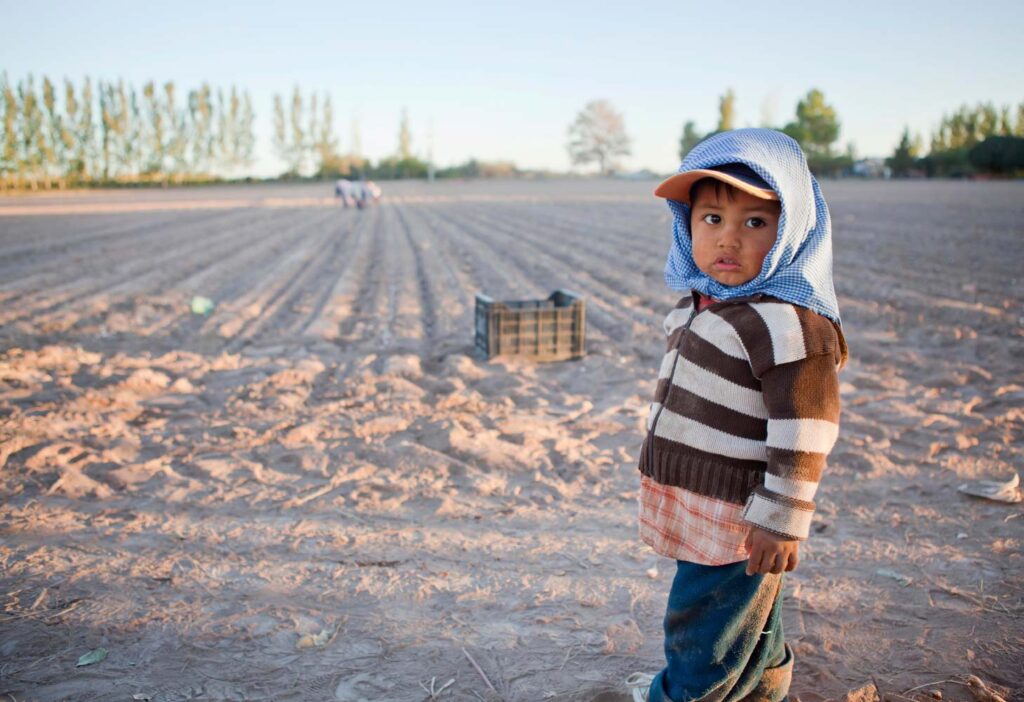Children’s HeartLink partners with hospitals and pediatric cardiac care teams to elevate access, transform care and save lives.
Bangladesh
With fewer than 30 pediatric cardiologists, this country has a great need for more trained heart care professionals.Brazil
Even with the largest public health system in the world, infrastructure to treat congenital heart disease is limited.China
Uneven access to medical care means many patients travel great distances to seek treatment.India
As the world’s most populous country, a shortage of pediatric cardiologists hinders access to care.Malaysia
With nearly 3,000 children requiring heart surgery every year, many don’t get the care they need.Vietnam
A country of 95 million people, few pediatric cardiac programs address children waiting for care.
Medical volunteer teams
Volunteers are at the heart of everything we do. Through Children’s HeartLink partnerships, our medical volunteers share their expertise and experience with their peers to make the world a better place. Every second they give supports hospitals where we work to serve more children with congenital heart disease.
Building Centers of Excellence in pediatric cardiac care
Our medical volunteer teams come from leading global research and teaching institutions. These teams commit to multi-year partnerships with hospitals in low- and middle-income countries to train and empower their peers in the delivery of high-quality, team-based care.
When these local hospitals and programs consistently deliver high-quality, complex care, they become a Children’s HeartLink Center of Excellence. Centers of Excellence commit to training other pediatric cardiac specialists from low-resource environments. This is the heart of our train-the-trainer delivery model. This is how we treat the most children the fastest.
